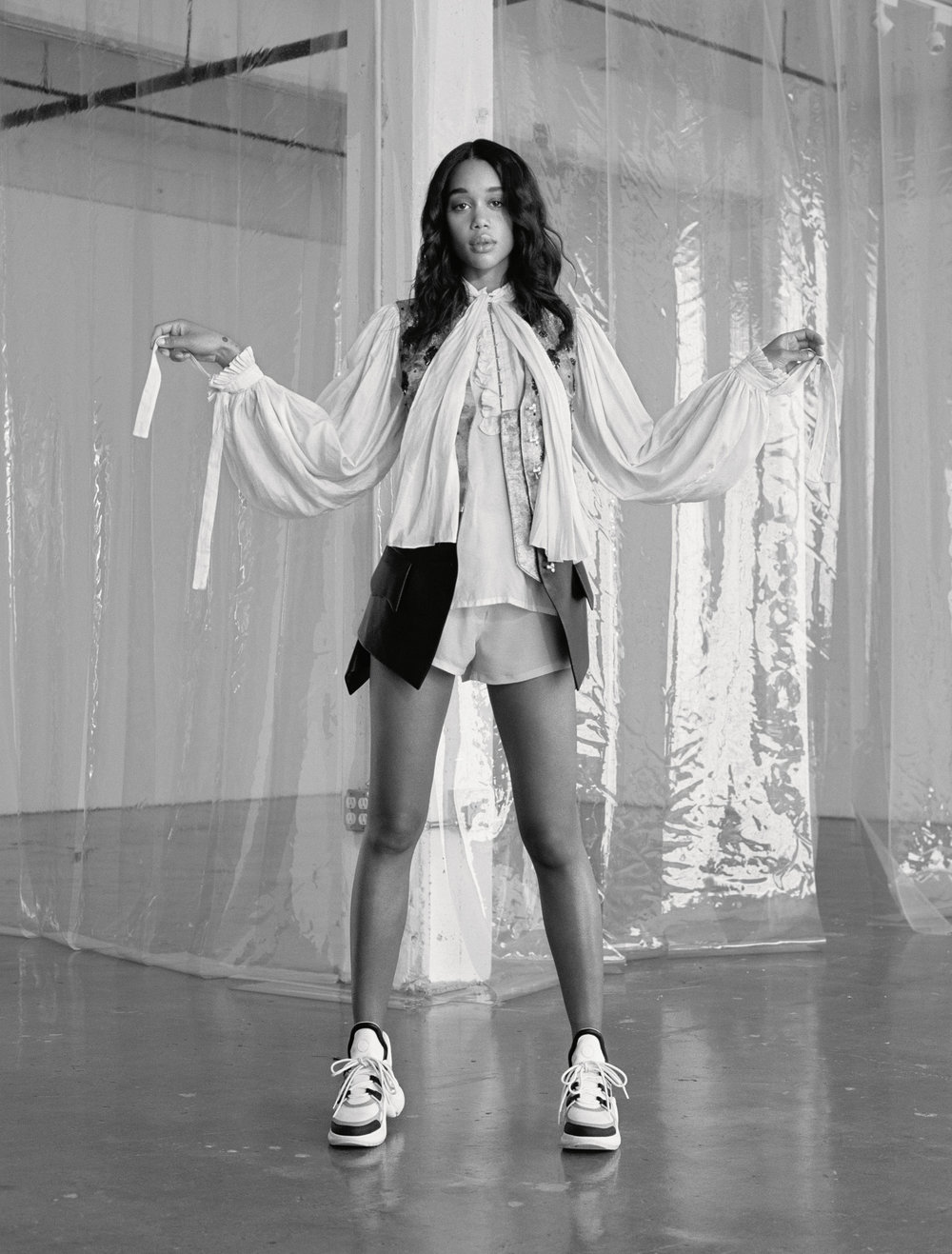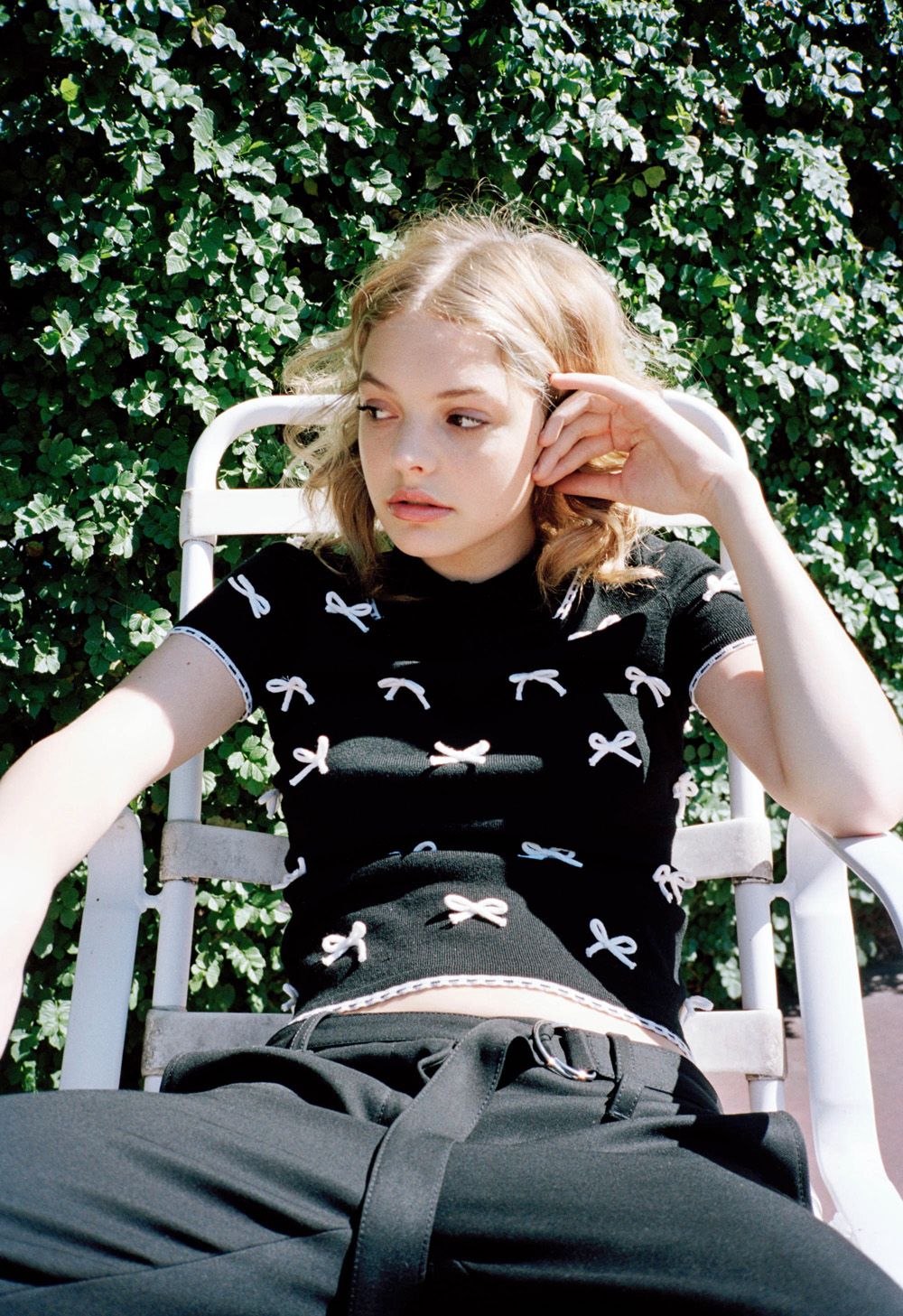Joshua Williams is a young Cape Town artist who works in painting, photography and sculpture. His focus on space and walls has a subtle, but potent, political relevance to contemporary South Africa. The following conversation with Bubblegum Club is accompanied with an exclusive photo-essay provided by Williams.
Can you tell us a bit about yourself- how you became an artist, and what creators and experiences have influenced you?
I have always had an interest in the visual which carried me through my school days and extended to studying at Michaelis School of Fine Art. Art allows me to explore and attempt to understand my surroundings. All my accumulated experiences influenced me to this point of exploration and understanding.
Creators that influence me would be firstly God, then my parents and my family members and those that came before me. They are my true inspiration. The image and object makers who explore, engage, interrogate and play should be an influence to all of us.
Your work focuses a lot on texture and detail. What is it about close details of surfaces that captures your imagination?
In order to answer the question I will provide a brief background of my process. Most of the surfaces I photograph, and the close details, are part of larger surfaces. I either use pre-existing walls as a visual reference or construct my own. I always work large when producing these surfaces. I find this to be natural way of working with cement as a material.
Walls themselves encapsulate people within spaces or exclude them. They act as markers of space and power by demarcating a group, a class, a culture. I find myself reproducing them realistically as I experience them. But as I look closer at the surfaces, particular parts of the surfaces have specific movements embedded in them. It is this movement of the surfaces which captures my imagination, as it eludes to other things embedded within the wall. Like residues, scars, wounds and traces. The subtle nuances in walls- parts that are smooth, rough, decayed, painted or raw. By extracting them from a larger whole, I convey an abstract impression of my engagement with the surface.
Spaces evoke different feelings and different experiences for everyone. My interest in the spaces is to do with the memory that is embedded in the surfaces. As we move through spaces we leave a trace behind. When occupying a space there is always evidence of movement in the spaces. If the walls are kept in good condition it says something. And if the walls are not kept it says something.
Another theme seems to be waste and abandoned spaces. How did you come to be interested in these types of spaces, and what do you think their artistic significance is?
I find that to be a particular reading of my work, as I have not considered it as specific interest before. Rather, it’s something that is always there. It is not something which I engage with by choice but much rather am confronted with. These abandoned spaces exist in the periphery. They have either been abandoned by choice or are not engaged with. For example, District Six. This site has been vacant for some time. Its condition says something about our current time. To me the vacant land itself becomes its own monument for District Six. The memory site of District Six has become a monument of waste and abandonment.
What is wasted and what is abandoned reveals something about the current condition. As we consume we discard. As we focus on our consumption we neglect the discarded. Something is discarded by choice. It is deemed by the person or by a group of people to be of no use or no value, and therefore becomes abandoned.
Do you see your visual themes of waste and abandonment as having a wider social or political meaning?
I think there is social and political meaning in most things. For example, another symptom of our condition is the Rhodes Must Fall movement. As an Arts practitioner, I must engage with the movement. But this engagement doesn’t mean only focusing on the politics of institutional violence, systemic oppression and marginalised voices. It also means engaging with how events have impacted on art. And the reality is that art has suffered. This movement was initiated through art. A statue at the University of Cape Town had human faeces thrown at. Already within this dialogue, we are alerted to human waste used as a tool. Subsequently the statue was removed, and has become waste. It was treated with the same regard as it was initially engaged with.
Fast track to two months ago… as the student movement has progressed Shackville emerged. This protest or demonstration consisted of a shack being erected close to where the statue was removed, in response to a student housing crisis. Shackville was a way to confront the periphery and situate it in the centre of RMF and UCT. Certain events transpired which resulted in the shack being demolished and removed. Paintings were burnt. So it is clear that not only has art itself become wasted and abandoned but monuments, protests and demonstrations were abandoned. My understanding is that of the strategy of the protesters was to use waste as a tactic to abandon monuments. Later protestation and demonstration itself wasted art. While Shackville itself was abandoned through force, violence and criminalization.
Currently UCT is in the process of cleansing and sanitizing its Arts collection. This is a response to the student movement. The students decided the art was waste and now the committee is in the process of abandoning more art.
Waste and abandonment are not so much themes as they are realities we currently faced with in the South African context.
What projects and work do you have planned for the future?
I am studying towards my Masters at the University of Cape Town. Therefore I will be continuing to engage with ideas of traces, residues, scars,wounds,cleansing, sanitizing of surfaces, walls, spaces, memory, images, objects, textures, details, waste, abandonment and the realities of spaces, memory, demonstrations, protests, institutional systemic and symbolic violence.
I hope that in future the pre-1994 generation and the post 1994 generation will understand each other. The pre 1994 generation should engage with why my current “colour-blind”, “born-free” and “RMF” generation is destroying art and monuments without simply criminalizing them.
Ultimately we should understand the role of art, expectations of art and its functions in spaces. As we move further away from 1994 as a marker in space and time we need to understand the present and further re-evaluate what is useful and functional for the current moment.













 The striking film promotes her 2016 debut album
The striking film promotes her 2016 debut album  ‘Dreams’ was one of her earliest works, initially inspired by the rawness of first heartbreak. But as the years have passed, it has taken on new layers of meaning. For Msaki the video shifted the song’s lyrics from the explicitly personal to broader questions of ” who can dream? who can follow their dreams? Whose dreams can become real?”.
‘Dreams’ was one of her earliest works, initially inspired by the rawness of first heartbreak. But as the years have passed, it has taken on new layers of meaning. For Msaki the video shifted the song’s lyrics from the explicitly personal to broader questions of ” who can dream? who can follow their dreams? Whose dreams can become real?”. Working with no budget, but vast creativity, Francois set out to realise images themed around ancient myths of the Great Flood. Shot over three days, the video incorporated interested passers-by into the shoot and features additional performances by Dennis Webster, Mthwakazi, Akhona Zenande Namba and Nomthawelanga Ndoyko. The result is a beautiful and evocative meeting of sound and image.
Working with no budget, but vast creativity, Francois set out to realise images themed around ancient myths of the Great Flood. Shot over three days, the video incorporated interested passers-by into the shoot and features additional performances by Dennis Webster, Mthwakazi, Akhona Zenande Namba and Nomthawelanga Ndoyko. The result is a beautiful and evocative meeting of sound and image.

























 Aitchison’s exhibition persistently questions the subtleties of structures of power. How does a home come to be such a thing? Can the violence of settling somehow be traced in the way that a person reclines? The way bricks can be read as a single smooth surface? Aitchison’s work forces an immediate encounter with all the ambiguities of the construction site, both internal and external to the educational institution; the precarity of scaffolding, the vulnerabilities of guarding, the designation of value through particular projections necessitated only through a blind-eye to what’s already there, the ways in which creating one structures breaks others apart, the way the unfinished is often marked-off by screens intending to exclude it from sight… the ugly, awkward creature of it all. Aitchison deliberately leaves these gut-wires exposed, frays the polish of the object by calling attention to the abrasive act involved.
Aitchison’s exhibition persistently questions the subtleties of structures of power. How does a home come to be such a thing? Can the violence of settling somehow be traced in the way that a person reclines? The way bricks can be read as a single smooth surface? Aitchison’s work forces an immediate encounter with all the ambiguities of the construction site, both internal and external to the educational institution; the precarity of scaffolding, the vulnerabilities of guarding, the designation of value through particular projections necessitated only through a blind-eye to what’s already there, the ways in which creating one structures breaks others apart, the way the unfinished is often marked-off by screens intending to exclude it from sight… the ugly, awkward creature of it all. Aitchison deliberately leaves these gut-wires exposed, frays the polish of the object by calling attention to the abrasive act involved.

